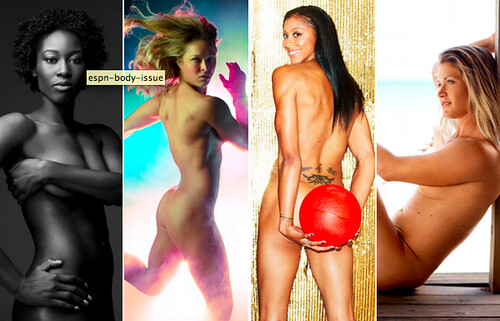Chapters five, six, and
seven are concentrated in three different aspects of music video; however, the
chapters reveal the collaboration of audio and visual in creating music video.
Neither audio nor visual is represented as a dependent, rather as a complete
whole working to enhance a new form of art.
Chapter 5 Style
Part of
chapter 5 expresses the understanding and critic of music video based on social
phenomenon and movements. Although
the author never used these words, there is an idea of music video as an ill
constructed- thoughtless mesh of shots used simply to please the audience.
However, music video is far more than an ill construction. In chapter 5 the
author explains that “visual presentation of music television is not
free-floating, as it has been conceived, but follows a musical
logic. "(14)
" The
“vision,” or better the audio-visual aesthetic, of music television is indeed
an institutionalized vision. " (21) This being said, music video
can be identified as its own art.
Throughout the chapter style was identified as something that had its
own ideologies; that sought its own purpose; that could be simplistic or
complicated, and could choose its own audience. As a form of art, music video
certainty possesses its own style because it embodies all the characteristic of
style.
Since
music video is its own art, than we can deductively reason that it is not an
enhancement of audio since it exists as its own creation. Just as music video
exists as does music and video separately. Therefore, the visual aspect of
music video is no less important, than the music itself.
Chapter 6 The Persistence of Vision
Chapter 6 explained the importance, and
impact of vision. “Phrases like, “seeing is believing,” and “I see what you
mean” reveal the significance of this visual bias as they the seeing to
knowing. And in the process make vision
the epistemological sense” (2)
There was a significant movement from
orality to literacy, that trained new generations to think of vision as the
epistemological sense; however, music video tosses their audience back and
forth from one sense to the next. The visual complements the audio; likewise,
does the audio complement the visual. “MTV wants to be understood with both
ears and eyes open. Moreover, the visual,
as has been hinted at in previous chapters and as we shall see in the
following, does not dominate music video” (9) Chapter 6 refers to the Guess
advertisement as a prime example of this co-force where the audio would work
off the visual, then press back to being the less dominating force before
pushing the visual back as the prime stimulant.
One of the most interesting statements is that
while we have these senses being simultaneously stimulated each of the sense
are actually releasing two deeper aspects: “With the sense of sight the idea
communicates the emotion. Whereas with
sound, the emotion communicates the idea, which is more direct and therefore
more powerful (Alfred North Whitehead, in Lateen, 1994, p. 4)” (1)
Chapter 7 Realism and Hyper reality
Chapter 7 spoke about audio, and visual in terms of how viewers are suppose to view the work. It also mentioned the difference between how we perceive each of them, and their relationship in that perception.
“As tele-visions of music, these shows construct
particular relationships between music and visuals, sight and sound, audio and
video; these relationships follow, for
the most part, the codes of televisual realism”(2)
“the music video does indeed constitute a new relationship
between sight and sound, and create a new way of visually presenting music
performance” (3)
TV is rarely recorded live, most TV is prerecorded,
and shown with an intention of looking live."The camera attempts to render itself neutral by acting like
a body, by giving the viewer a vision that resembles embodied sight. "(5) However, when the audience hears a drummer, but does not see the drummer hit the drum, then their perception of their TV reality seems less real because the audio, and visual do not align.
Chapter 7 states that “The visuals articulate the depth of the music, and, at the same time, the music articulates the depth of the visuals”(21) Therefore, when one becomes less real, or more real, than the other becomes just as real as the first. For example the chapter explained that if the visuals are moved toward the drummer, for example, than the audio levels of the drummer will be heightened. Although the drummer never got louder, the audio for that particular instrument will because of the visual focus. Conversely, bringing up the audio levels in post-production can direct the audiences attention to some instrument to make it seem more real in the visual.
Chapter 7 states that “The visuals articulate the depth of the music, and, at the same time, the music articulates the depth of the visuals”(21) Therefore, when one becomes less real, or more real, than the other becomes just as real as the first. For example the chapter explained that if the visuals are moved toward the drummer, for example, than the audio levels of the drummer will be heightened. Although the drummer never got louder, the audio for that particular instrument will because of the visual focus. Conversely, bringing up the audio levels in post-production can direct the audiences attention to some instrument to make it seem more real in the visual.
Although style, persistence of vision, and reality cover different aspects of music video, they all showcase the individuality of audio, and visual as well as their combined force in music video.“As the visual performance does not translate the musical performance, the music video offers the television viewer another mode of television viewing, one that draws from the experience of television and music” (32)
